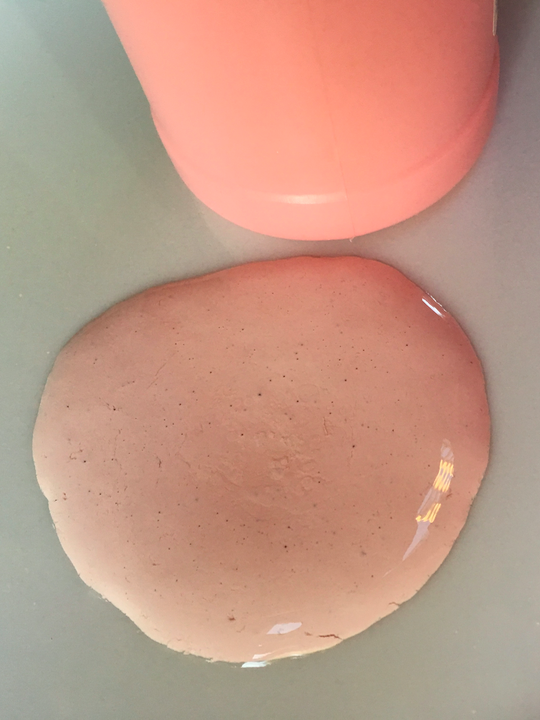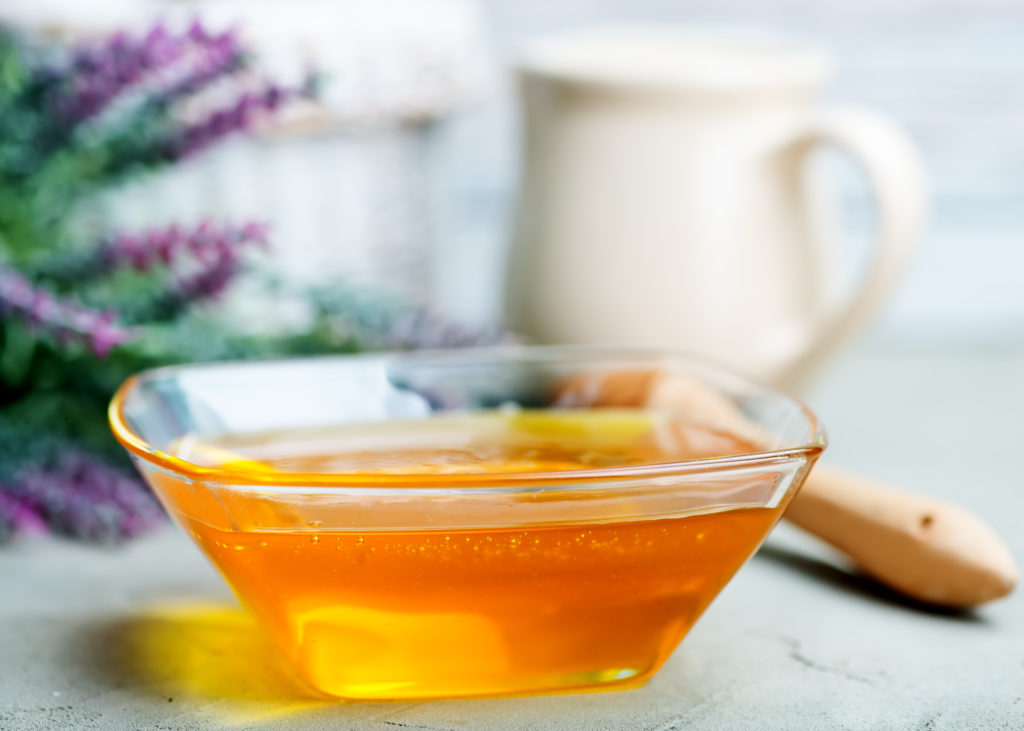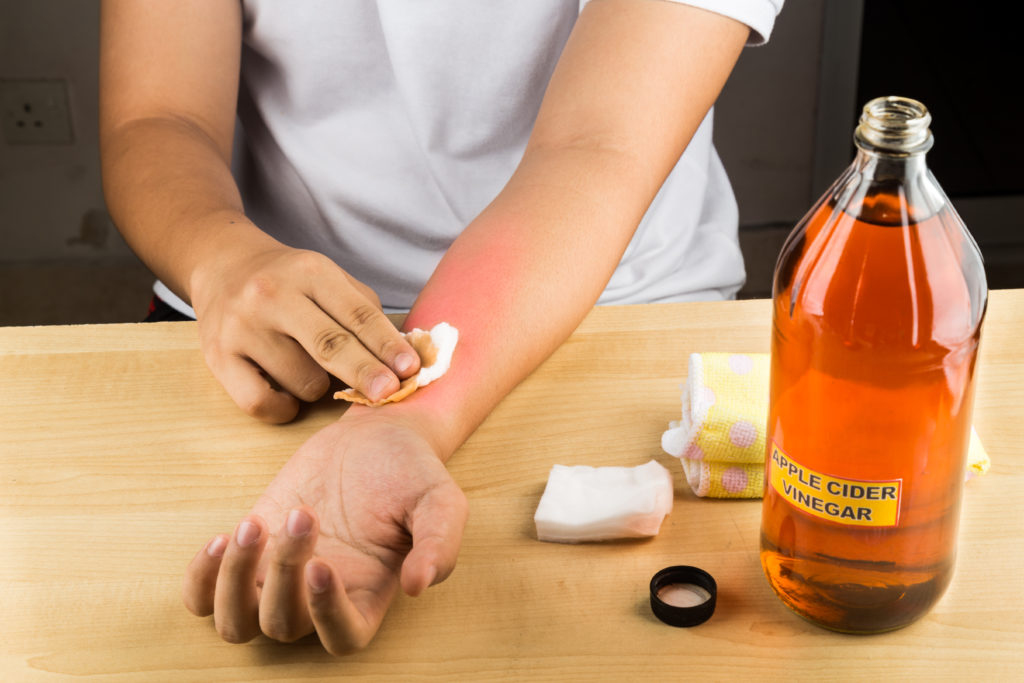Here are eight home remedies for bee stings
Side effect of a bee sting can result in a minor swollen, painful bump. In most cases, people can easily self-treat bee stings with home remedies.
The uncomfortable pain and swelling that accurse around the site of a sting location will usually subside in a few days without any treatment. To reduce and get rid of the discomfort, home remedies can reduce and encourage a much speedier healing process.
It is very important to note, if a person has an allergic reaction to a bee sting, they need immediate medical attention. If the swelling spreads outward from the area of the bee sting, or if swelling it occurs in other parts of the body, this warning indicating an allergic reaction.
In this article, we describe home remedies that can dramatically soothe bee stings. We also cover and recommend when to see a doctor.
This will include eight home remedies for bee stings
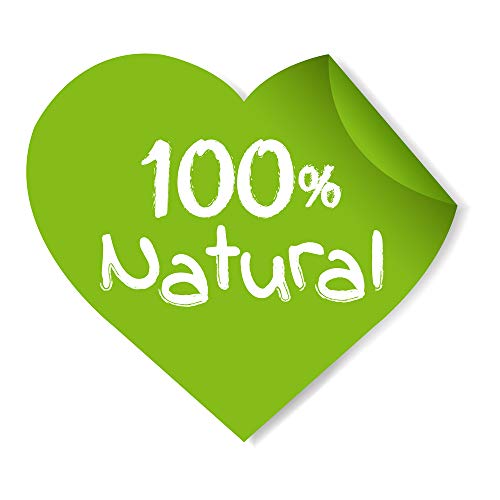
To get started, always before using any remedies, inspect the bee sting area closely.
In many cases the bee will leave the stinger behind. So, inspect to see If the bee’s stinger is still in the skin, remove the stinger by wipping the area with gauze or just scraping it with something like a fingernail. Be careful to not squeeze the stinger by hand or with a tweezers to not cause more irritation.
Honey bees can only sting once, because they leave their stingers behind. Removing the stinger and its venom sac from the skin is the first step to resolving some of the discomfort and irritation.
Below, is a description of home remedies that relieve swelling and pain caused by bee stings:
1. Ice or Ice Pack
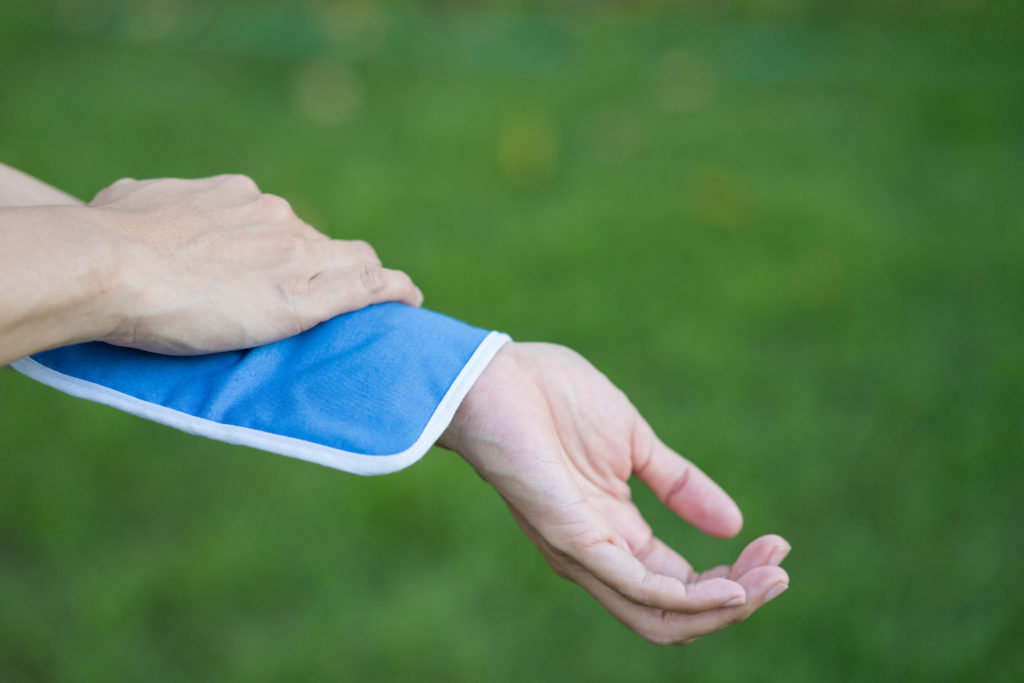
PinterestIce naturally reduces swelling and will also reduce the immediate pain of the bee sting.
Immediately after a bee sting, wash the area thoroughly to remove any remaining bee venom. Remember to ensure the stinger is not still in the skin.
Then, apply ice to reduce pain and swelling:
- wrap an ice pack, or a bag of ice or frozen vegetables in a cloth
- place the bundle against the site of the sting
- hold the bundle in place for several minutes
- repeat as much as needed
Always use a cloth to protect the skin from the ice. Ice can damage the skin if it touches it directly and cause more painful irritation.
2. Essential oils
A number of essential oils have antiseptic, antibacterial, or antifungal properties.
Though essential oils have long been used in home remedies, there is little high-quality evidence to suggest that any can relieve the pain or swelling of a bee sting.
The following oils are often used in home remedies:
- tea tree oil
- witch hazel
- lavender oil
- thyme oil
- rosemary oil
Before applying essential oil to the skin, mix it with a neutral carrier oil, such as olive oil. Typically, the mixture is about one drop of essential oil for every four or five drops of the carrier oil.
It is important to note that essential oils can cause allergic reactions.
3. Aloe Vera Gel

Aloe vera is a plant-based gel that naturally soothes and moisturizes the skin. According to a 2015 study, aloe vera extract has anti-inflammatory and antibacterial properties.
Spreading a little gel onto the bee sting can reduce swelling and help prevent the site from becoming infected.
Aloe vera gel is available to buy in many drug stores and online.
4. Calamine lotion
People often use calamine lotion to relieve itchy skin, and it may also help reduce pain and itching caused by a sting from a bee or wasp.
If the site of the sting becomes itchy, try rubbing on a little calamine lotion. It is available for purchase in health stores or online.
5. Honey
Honey can combat inflammation and reduce swelling.
Honey has many medicinal properties. It contains compounds that combat inflammation, so it may help reduce swelling.
The natural antibacterial agents in honey may also help prevent infection and speed healing. For these reasons, some medical professionals use honey extracts in wound dressings.
Try spreading a small amount of honey onto the sting. Do this indoors, so the smell of the honey does not attract more bees.
6. Baking soda
Some people believe that baking soda neutralizes bee venom. However, no high-quality research suggests that baking soda can help relieve discomfort from a bee sting.
Baking soda can also damage the skin because it is very alkaline, so medical professionals tend not to recommend this remedy.
7. Apple cider vinegar
Some people claim that apple cider vinegar can help reduce the swelling of a bee sting.
However, clinical research has yet to show that apple cider vinegar has many of its purported health benefits.
Also, as an acidic substance, it can harm the skin if used incorrectly.
8. Toothpaste
One unconventional home remedy involves spreading alkaline toothpaste on the site of the sting to neutralize the venom.
There is no clinical research to support this use of toothpaste.
To try it, spread a small amount of toothpaste onto the sting site, but proceed with caution. The skin may react to the toothpaste, especially if it is left on for longer periods.
At any sign of a reaction, rinse off the toothpaste right away.
Medical treatments
People can treat their bee sting symptoms with over-the-counter creams.
People can usually manage their bee sting symptoms using over-the-counter creams and oral medications, including:
- hydrocortisone creams, which can help reduce redness, itching, swelling, and pain
- oral antihistamines, which can help reduce itching and redness
- pain relievers and anti-inflammatories, which can reduce pain and swelling
If a person has an extreme allergic reaction, they may need an epinephrine injection.
Epinephrine is a chemical that narrows blood vessels and opens airways in the lungs. This signals the body to pump more blood and relax the muscles to regulate breathing and blood pressure.
The injection is best known by the brand name EpiPen.
When to see a doctor
If a person has an allergic reaction to a bee sting, they may develop anaphylaxis.
Anaphylaxis is a life-threatening reaction that requires medical attention.
A person who has any of the following symptoms after a bee sting should receive emergency medical attention:
- hives
- swelling of the tongue or throat
- a rapid heart rate
- vomiting
- diarrhea
- pale skin
- a loss of consciousness
- dizziness
- severe itchiness
- trouble breathing
A person may also require medical attention if they have been stung multiple times.
Honey bees are the only stinging insects that leave their stingers behind. Others stinging insects, such as yellow jackets, wasps, and hornets, can sting multiple times. Each sting contains venom.
Takeaway
Most people do not have severe reactions to single bee stings.
Ice, other home remedies, and over-the-counter medications are usually able to relieve discomfort. Some alternative home remedies include honey, aloe vera, and calamine lotion.
Still, it is important to be able to identify signs of a severe allergic reaction. If hives, lightheadedness, or trouble breathing follow a bee sting, a person should receive emergency medical care.


